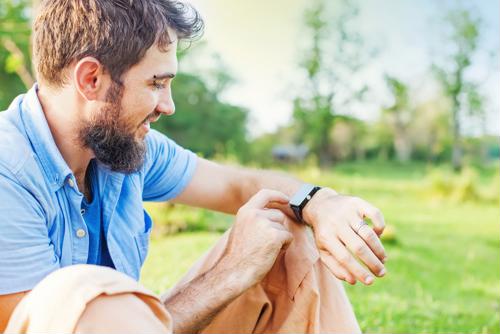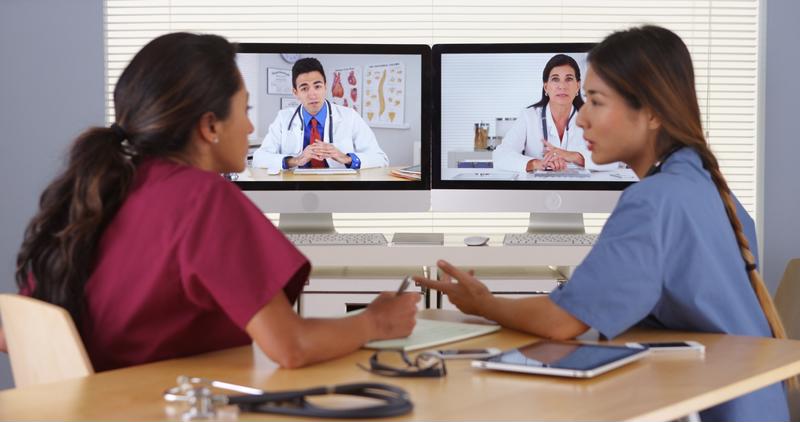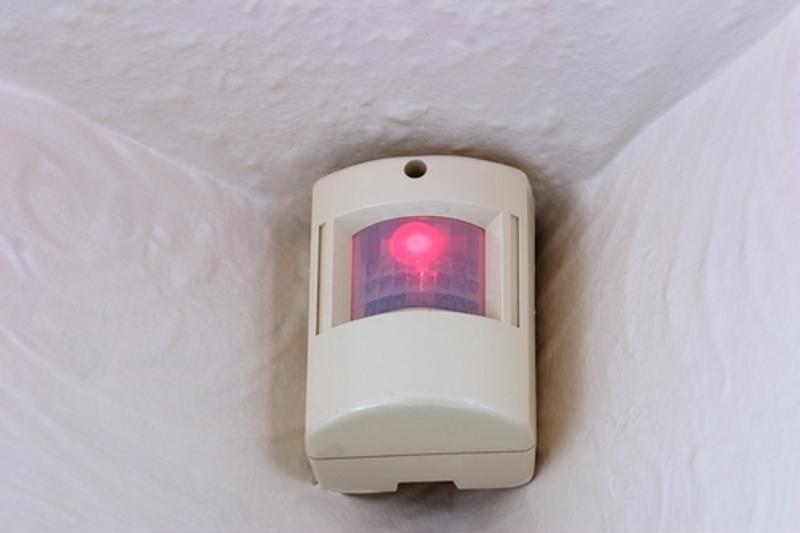
Explaining the internet of body
By Max BurkhalterMay 14, 2018
The internet of things has been a powerful disrupter in health care. Telehealth services in particular have benefited from the mass adoption of IoT technology. Remote patients who before had to traverse great distances to see their doctor can now use video streaming services like Skype to see if an in-person appointment is truly necessary. Older patients who can't drive can be retrieved via Lyft or other transportation-as-a-service models.
But there is another factor helping IoT enable telehealth services, and improve health care overall. In the past, physicians had to have the patient in the room in order to read his or her vital signs. That data had to be retrieved in real time and through constant connection. As soon as a physician removed the stethoscope, the information stopped transmitting.
For doctors to make the best decisions, they need timely and applicable data. For instance, many patients now have to spend additional funds to come in for a body stress test. Why? To directly witness how the body's vital signs respond under exerted pressure. However, if a patient is constantly sporting a wearable like a FitBit, this test becomes less necessary.
The "internet of body" refers to all the retrievable information possible that is produced by the human form on a constant basis. As IoT branches into IoB, expect health care, and telemedicine services in particular, to continue to see large-scale improvements.

Current and future wearables
One of the most basic and readily identifiable pieces of IoB hardware is the FitBit. This wrist wearable was used by 25 million people as of the start of 2018 and this number is only expected to grow. While models vary, most measure calories burned, steps taken, sleep tracking, heart rate, temperature and more. While not all of this data is critical, it has already been used to improve overall medical understanding.
More than 100 billion hours of heart rate data were recently analyzed by FitBit personnel. The information unearthed a global trend, wherein resting heart rate decreased with age. While FitBit may not have the highest-trained medical expertise on staff, the plethora of data they provide makes them a valuable partner to health care professionals.
Doctors will be able to increasingly rely on these types of wearables to provide a surplus of data, allowing them to formulate more accurate diagnoses. For instance, physicians with an insight into a patient's personal activity can put into perspective periods of weight gain and diminished activity. Patients who know they average fewer than six hours of sleep per night are more likely to course correct themselves than those who don't know.
As patients get more information on their health, doctors may find the intensity of their duties lessened as more illnesses like heart disease can be spotted earlier or eliminated all together through preventative techniques.
Home and workplace sensors
However, the body itself is only one piece of the puzzle. For instance, a patient may start to dehydrate with an increased heart rate but no noticeable body activity. This may sound alarming until the doctor learns that this patient entered a room with its thermostat cranked up to 100 degrees. Smart sensors in homes can detect users entering the space, automatically adjusting the temperature to be more comfortable. This can be particularly valuable in assisted-living facilities where some inhabitants need a consistently warm or cool temperature.
Some patients may also have difficulties remembering to take their pills. Services like Philips Medication Adherence Solutions provide a smart dispensary, which keeps track of how much medication an individual takes and how often. These devices can restrict whenever a prescribed dose is exceeded. In the future, this hardware may communicate directly with wearables, alerting the doctor with any needed intelligence to better diagnose body change.

Implantable devices
Wearables will not be the full future of IoB data. While FitBit and others are great at monitoring external body conditions, hardier hardware will be needed to fully explore internal body stability. One such tool is swallowable sensors. According to the Sunday Morning Herald, these devices will augment or replace procedures like colonoscopies. Swallowing a semi-digestible piece of hardware will grant physicians more time to explore the inner workings of certain body systems, all while reducing patient discomfort.
IoB devices will only grow in sophistication in the coming years. Health care professionals have so much more to learn about bodies in normal motion, with insights that can be granted through wearables and swallowable hardware. However, these devices will rely on strong, robust networks to capture the data as its being transmitted. Health care facilities will need to strengthen their online reach and ensure their connections remain consistent. Contact Perle today to learn how we can help your medical facility prepare itself for an IoB-fueled health care space.



